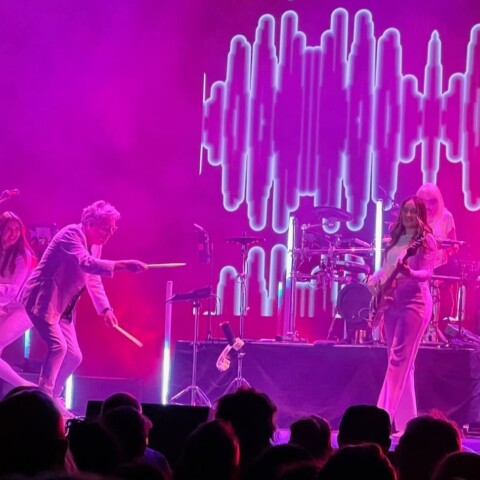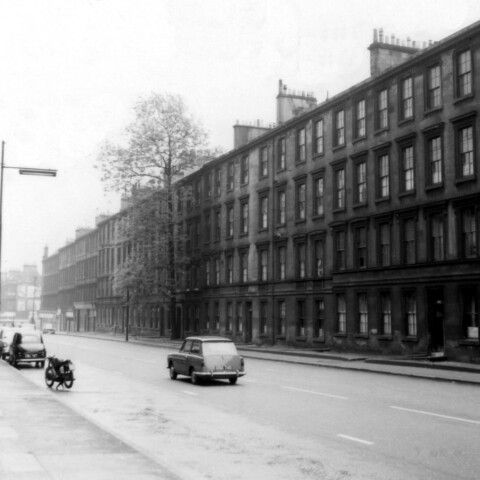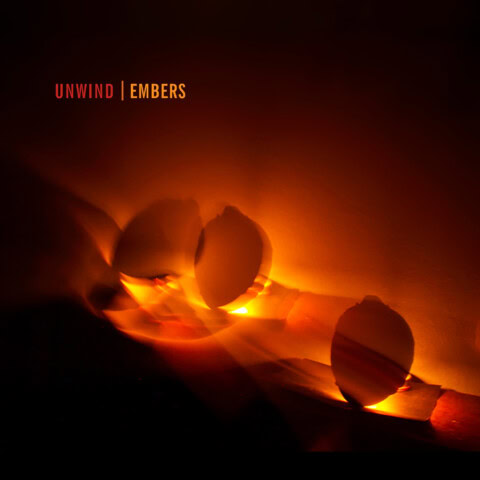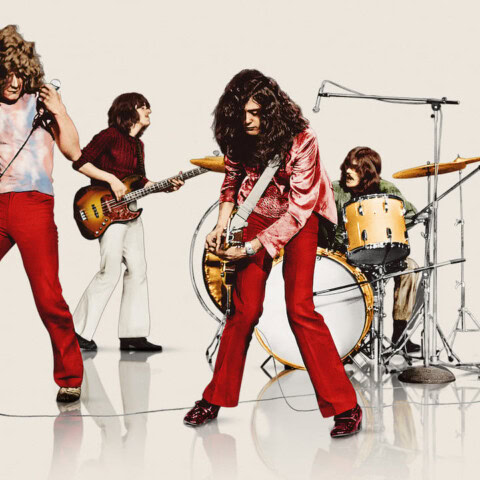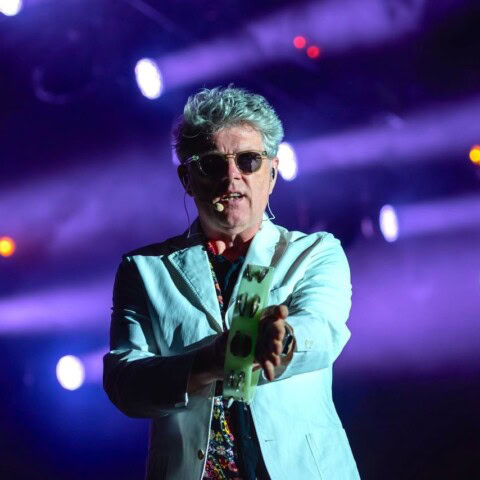The Dunedin Sound – Some Disenchanted Evening, Ian Chapman (Bateman)
The Shops, Steve Braunias & Peter Black (Luncheon Sausage Books)
 PICTURE BOOKS ARE not much use to me, really. I’ll walk through an art gallery with eyes bulging, but put the same art in a book, and all I want to do is ogle words. Besides, my coffee table will lie naked until the toddler is grown up enough not to crease, tear, scrawl on and otherwise munt everything I place there.
PICTURE BOOKS ARE not much use to me, really. I’ll walk through an art gallery with eyes bulging, but put the same art in a book, and all I want to do is ogle words. Besides, my coffee table will lie naked until the toddler is grown up enough not to crease, tear, scrawl on and otherwise munt everything I place there.
The above is a qualified statement, however, because recently I’ve acquired a couple of picture books that warrant attention. And even though each of them is heavily loaded with visual art, the words that are there are something else.
Bear in mind that I’m a biased party: Ian Chapman was a close buddy at Peachgrove Intermediate and Hamilton Boys’ Highschool in the early ‘70s, and he commissioned me to write an essay for his book, while Steve Braunias is a dear friend and former colleague who used in his book (with permission) the transcript of an interview I conducted with his Dad in the early ‘90s.
Ironically, my chat with Yohan Braunias was all about coffee. It turned out that he was briefly the proprietor of one of the first cafes in Auckland to attempt (and fail) to sell espresso café to the yokels, way back in the 1930s. Yohan’s son is infamously, vehemently opposed to what he refers to as “espresso slop-houses”, favouring instead a nice cup of tea and a lamington.
That transcript forms a small part of a remarkable essay that introduces Peter Black’s photographs of the unremarkable backs, sides (and occasionally, fronts) of small town shops. We’ve all read the clichés about how the seemingly mundane and humdrum can reveal something amazing about a person or a place, and that’s exactly what these photographs do. More often than not, they’re frighteningly drab, a dark window to malnourished economies, vanquished ambitions: tired doorways, hastily handwritten signs, bereft premises that come across like a hick town relative to those insanely bizarre pics of Detroit-in-peril-and-decay we all stared at with a combination of horror and amazement.
What to make of a drab two-storied building with rusty downpipes and smashed windows and a broken down old bus in its driveway and a sign to nowhere that reads: ‘Where Else Café’? Or a garden bar in Featherston where the weeds have taken over?
 But it’s the backs of buildings that are the most beautiful and terrifying: semi-industrial living on a small country-living scale. Dull, depressing reminders of the blurry edges of capitalism, but also great “non-places”, reassuring in their emptiness.
But it’s the backs of buildings that are the most beautiful and terrifying: semi-industrial living on a small country-living scale. Dull, depressing reminders of the blurry edges of capitalism, but also great “non-places”, reassuring in their emptiness.
Fuck, I don’t know nothing about photographic art, but I do know that The Shops is worth buying alone for Steve’s 18-page essay, which like so much of his work sneaks up on you, and then wallops you in the face. He’s a well-known satirist, of course, and has a finely developed ability to craft his work with a lightness of touch that can easily pull a fast one on the reader: that his writing is great but somehow minor. His essay here, titled ‘Family Shopping’, poses as an introduction to the project, and Peter Black’s photos, when in fact it’s probably the most searing, heart-clasping and intensely personal thing he’s ever published. I’m not going into details, but it’s a courageous thing to write, and it left me feeling weepy. What more can I say?
In The Dunedin Sound I pose as the lone dissenting voice in a book that’s about 75 percent photographs and ephemera. I commend my school buddy Ian Chapman for having the courage to let me provide a critical dimension to what is otherwise pretty much a celebration of the music that provided the core of Flying Nun’s early music catalogue, and became an alt-rock thing around the world.
Apparently it was in my own 1980s music magazine, In Touch, that the phrase “the Dunedin sound” was first uttered, by David Kilgour, in an interview with contributor David Maclennan. My essay in the book simply explains my relationship with Dunedin music in 30-something years as a music journalist, and gives the background to an episode in 2002 when a NZ Listener story I wrote on Flying Nun ended up with Chris Knox singing an improvised song called ‘The Late Gary Steel.’

Each of the major Dunedin artists is given a short bio, and in many cases, some pretty rare and fruity photographs, posters and various other ephemera have been dug out to spice it up visually – and that works a treat.
There are several really readable essays, including former promoter (and half sister to Shayne Carter) Natasha Griffith’s entertaining memoir, Simon Grigg’s valuable explanation of the Auckland connection, and John Collie’s piece on the record cover artwork. Probably the most useful thing about The Dunedin Sound though, is the foldout ‘The Sound Of Dunedin Band Chart’ in a pocket inside the back cover.
I’m not so convinced by a couple of the essays that more or less trot out known facts without giving any real insight. But then again, the book isn’t a critical assessment of the so-called Dunedin sound, but a celebration of it, so it’s a kind of bonus that it does include some writing that serves to illuminate the scene and a time long ago.

The Dunedin Sound does what it sets out to do, and if it came with a chastity belt (or some other impenetrable locking device) I’d happily stack it on my coffee table this summer, along with The Shops. GARY STEEL
[Note: Gary Steel reserves the right to reappraise and alter his star ratings up or down at any time].









